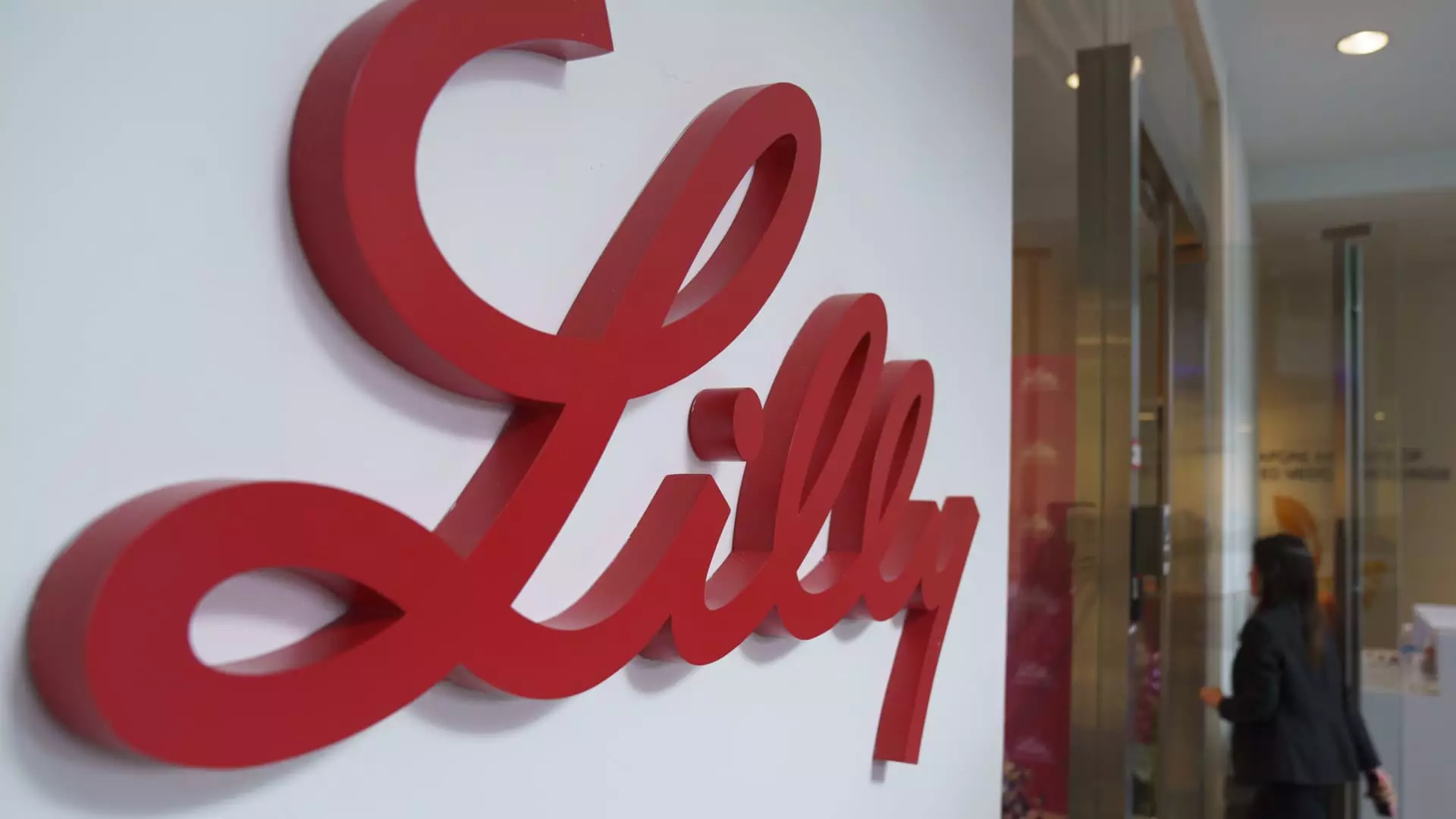Eli Lilly & Co. recently made headlines by revising its revenue guidance, indicating that expectations for its popular diabetes and weight loss medications, Mounjaro and Zepbound, have not materialized as anticipated. The company’s updated outlook for 2024 now stands at approximately $45 billion, a slight decrease from the previous estimate of $45.4 billion to $46 billion announced just a few months prior. Despite this adjustment, the forecast still represents a substantial 32% increase over the previous year’s revenues, which suggests a strong underlying growth trend despite the recent setbacks.
The announcement triggered a sharp decline in Eli Lilly’s stock price, which fell over 7% in early trading on the day of the announcement. This market reaction reflects investor concerns regarding Eli Lilly’s ability to capitalize on the lucrative diabetes and obesity drug markets amid heightened competition. As the pharmaceutical landscape evolves, the company faces challenges not just from emerging competitors but also from expectations that its growth will be sustainable and align with its ambitious targets.
In response to increasing demand, Eli Lilly has invested significantly in expanding its manufacturing capabilities for incretin drugs, which primarily include Mounjaro and Zepbound. The company has asserted that a surge in production is on the horizon, with CEO Dave Ricks reporting in a recent interview that they expect to see a 60% rise in the availability of sellable doses in the first half of 2024 compared to the same period in 2023. This bolstering of supply is timely, especially since the Food and Drug Administration (FDA) recently lifted a shortage declaration for the active ingredient tirzepatide, a reassuring signal for both the company and its stakeholders.
As Eli Lilly navigates its current market challenges, it must also contend with fierce competition, particularly from Novo Nordisk and other companies vying for market share in the rapidly growing diabetes and obesity treatment sectors. In a strategic response, Eli Lilly is developing an oral obesity medication aimed at enhancing patient adherence and simplifying production processes. Ricks suggests that regulatory approval for this pill could arrive as early as next year, which could potentially bolster the company’s portfolio while providing an advantage over rivals.
Despite the recent revenue revision, Eli Lilly remains optimistic about the future, projecting sales of $58 billion to $61 billion for the fiscal year 2025. Ricks noted that while the U.S. incretin market experienced impressive growth of 45% compared to the previous year, the company had originally forecasted a more aggressive pace of expansion. The revisions are expected to guide Eli Lilly’s strategies in the near term as it seeks to align with market realities and effectively respond to both consumer needs and competitive pressures.
While Eli Lilly faces significant challenges regarding its revenue expectations and market performance, its ongoing investments in supply chain enhancements and product development provide a foundation for future growth. The company’s ability to adapt to the competitive landscape will be critical as it strives to maintain its position as a leader in the diabetes and obesity treatment markets.

Leave a Reply